Mopic5
Super Member

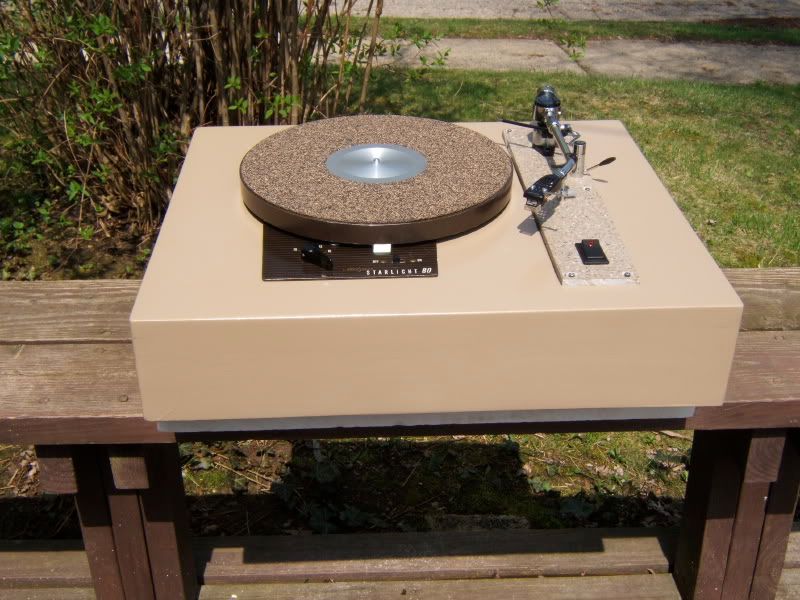
After nearly four years, finally got around to restoring and sinking a 1958 Metzner Starlight into a solid mass plinth. These tables are hard enough to come by and, because of a design material defect in the platter sleeve, a working Metzner is a rare bird indeed.
What made this build finally possible was getting a machine shop to make up a batch of new platter sleeves out of stainless steel. The stock sleeves were made out of a soft aluminum alloy that promptly “egged out” in wear causing all these tables to develop serious platter wobble in short order.
Here is a new sleeve after it was fabricated and pressed in:
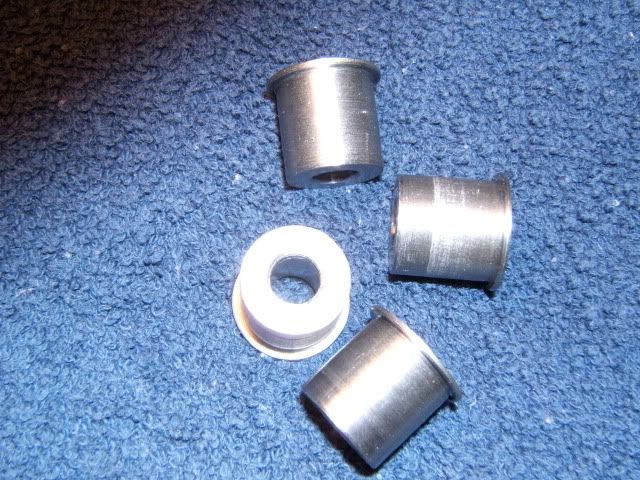
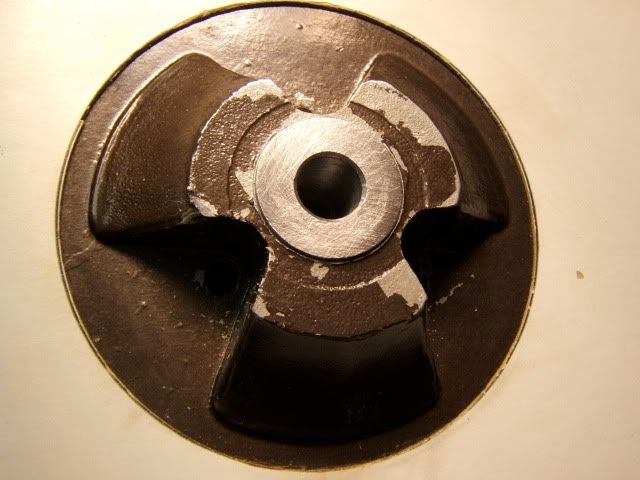
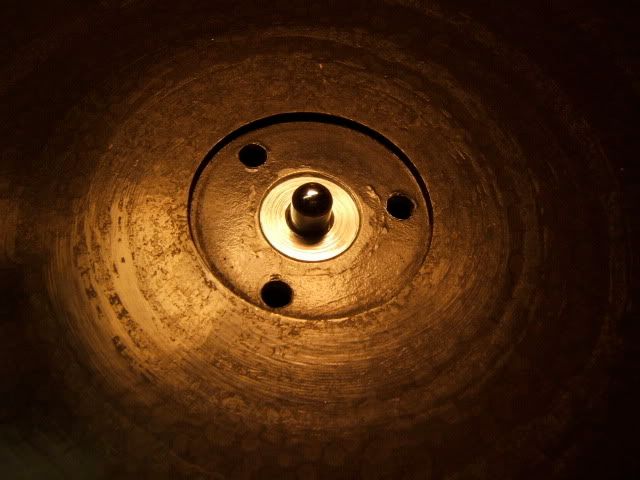
Contributing to the “egging out” was the serious crank driving the friction fit platter.

It’s also the best feature of this turntable – a quiet, heavy-duty motor outputting variable speed (via linkage) that has elements of both idler and direct drive, but is really unique in its own class.
When the motor is halved for servicing you can see how the mechanics of the drive are accomplished. The rubber puck travels at a constant velocity as dictated by a direct linkage to the motor via a worm gear. The drive shaft (spindle) is controlled in linkage to a scored “idler wheel”, the speed of which is dictated by its concentric placement on the spinning puck. The further out the puck, the faster it goes. This placement is controlled by a speed lever and the travel of the idler is vertical and spring isolated so that the spindle driven platter is unaffected by the throw in speed selection. The speed is variable between 16 – 83 rpm.


It turns out that the inventor of the variable speed drivetrain off this motor was Alanson P. Brush for his production automobile in 1907. As a much larger clutched variable speed transmission for the chain-driven runabout, it had cowhide in place of the Metzner rubber in the drive “puck”. With eight forward preset stops or speeds this was, in many ways, a smooth, quasi-automatic transmission without planetary gearing. With a single cylinder generating 12 HP, the top speed of the Brush Runabout came in closer to 33 mph than 78.
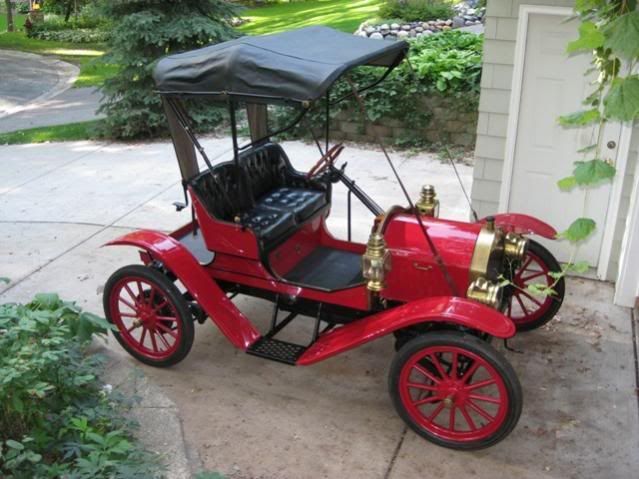
Prior to beginning the traditional sandwich plinth, the wiring was redone so that the neon strobe light could be killed during the playing of a record. (Some magnetic carts buzz in proximity to neon bulbs) This secondary circuit took over the former power switch and would be down line from a new toggle to be installed on the armboard.

By abandoning the electrical box shield, I was able to take advantage of two additional stock holes toward the front of the topplate to get a total of five, 2 ½” deck screws from the top. (There are 18, 4 ½” deck screws from the bottom.)
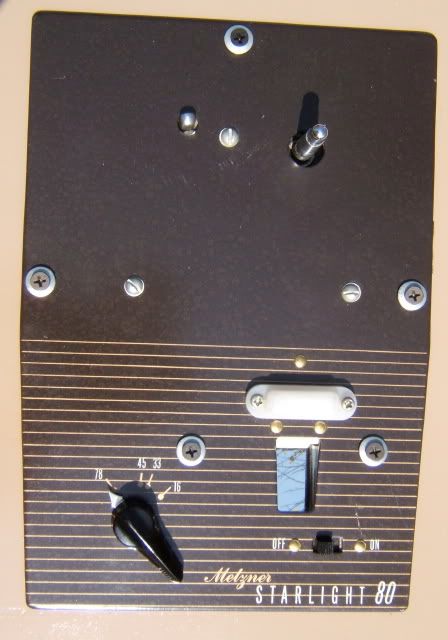
A nice piece of Corian served as an armboard and power switch mount. Since this board was going to be pretty long, I left in a mid-length cross member - two Birch layers deep - to give it more stability and less tympanic properties.
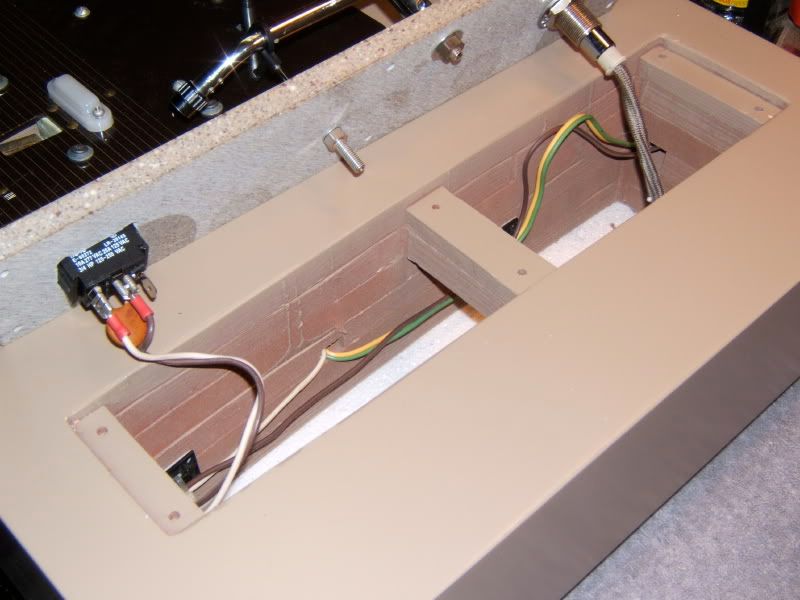
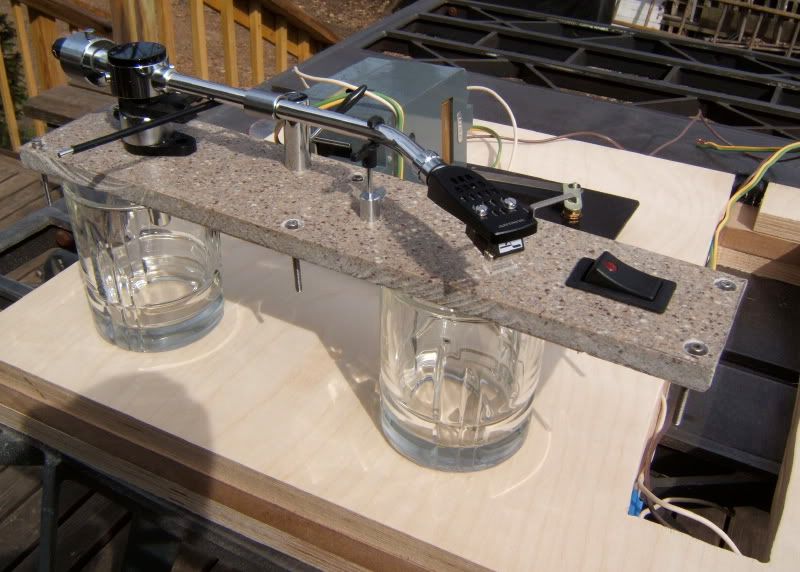
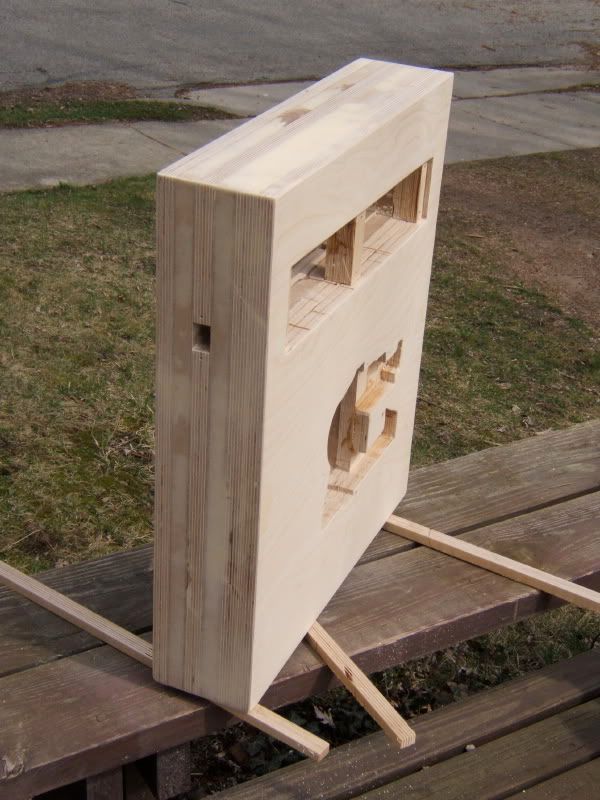
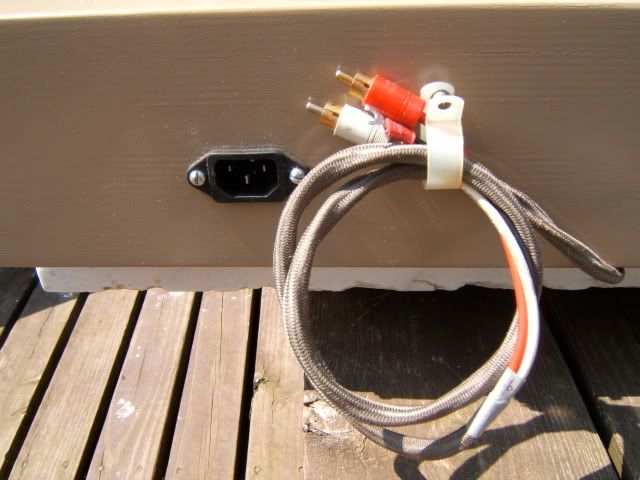

Trip over cords and cables should not be a problem and for feet (and there are four), I found a gent in Hong Kong selling sets of points & cups on the cheap. They’re nice and heavy.
Since this Metzner will be performing “Old Style” DJ work in the Swap Room Listening Station at AK Fest 2010 in two weeks, calibrating quick changes between Stereo, Mono and 78 play is essential. With some Stanton DJ headshells that I modified and a bevy of G.E. VR and other mono carts, we’ll be able cover some 60-70 years of records in their best sounding light.

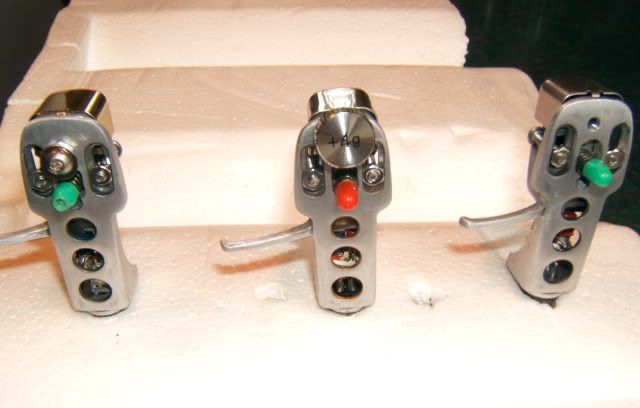

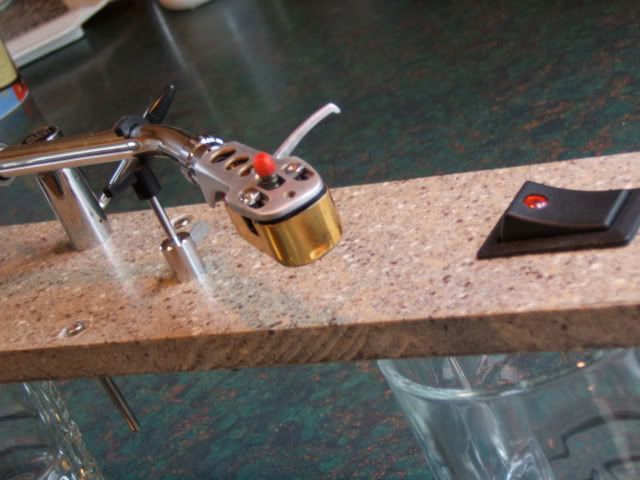
So if you’re in town for the Fest, do stop by the Swap Room for a look & listen.
Best,
- Mario

